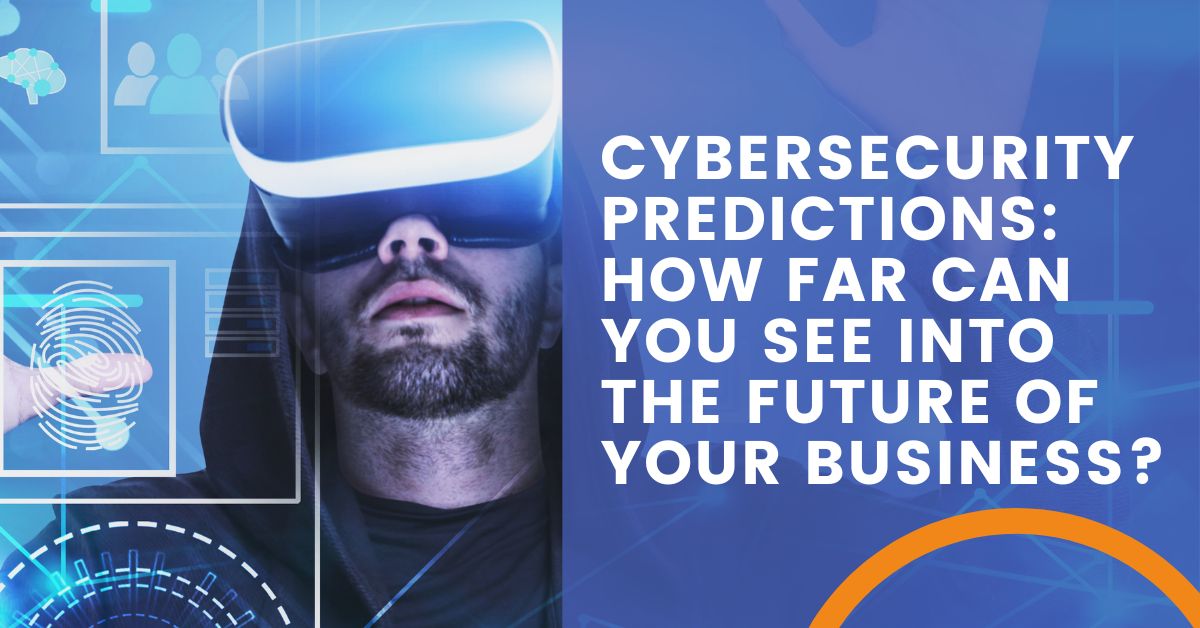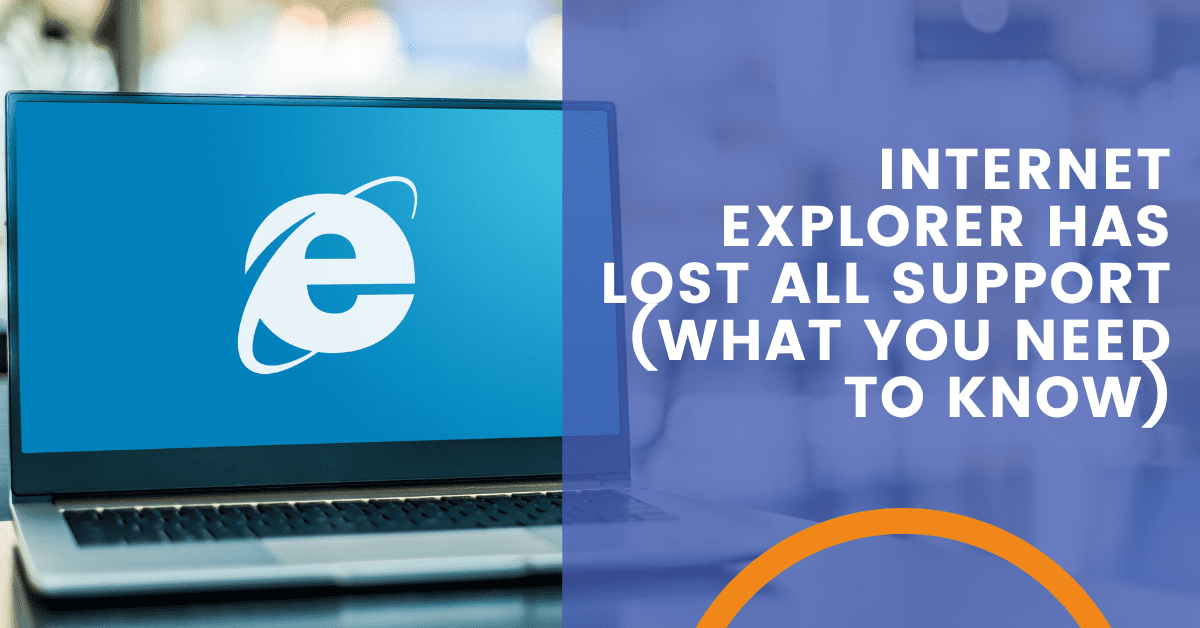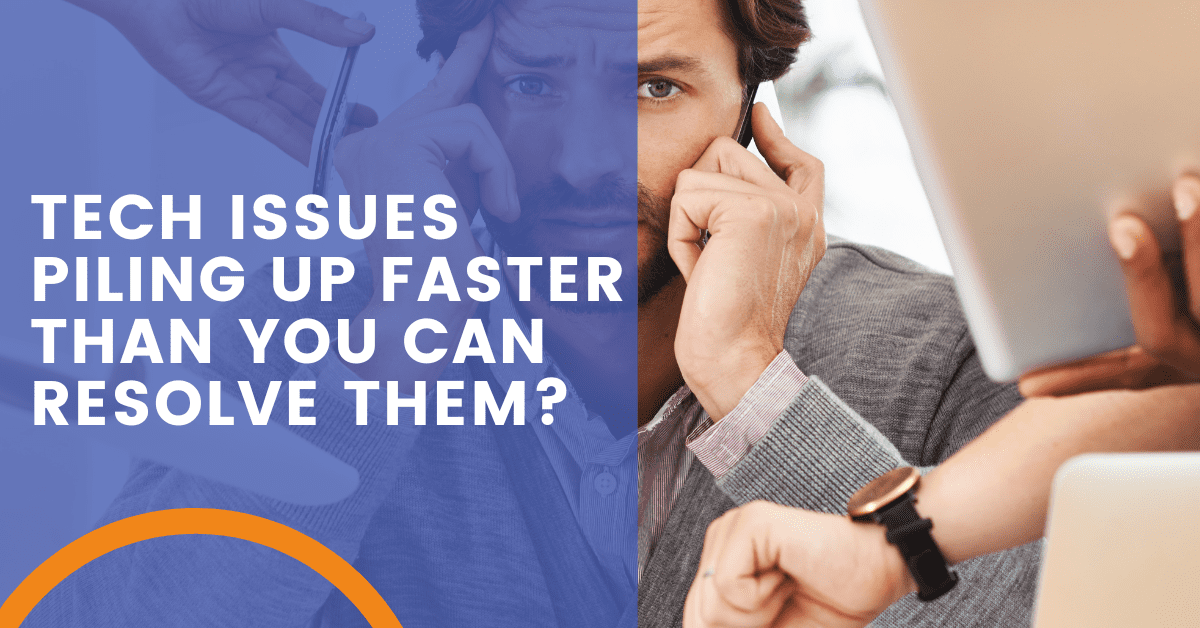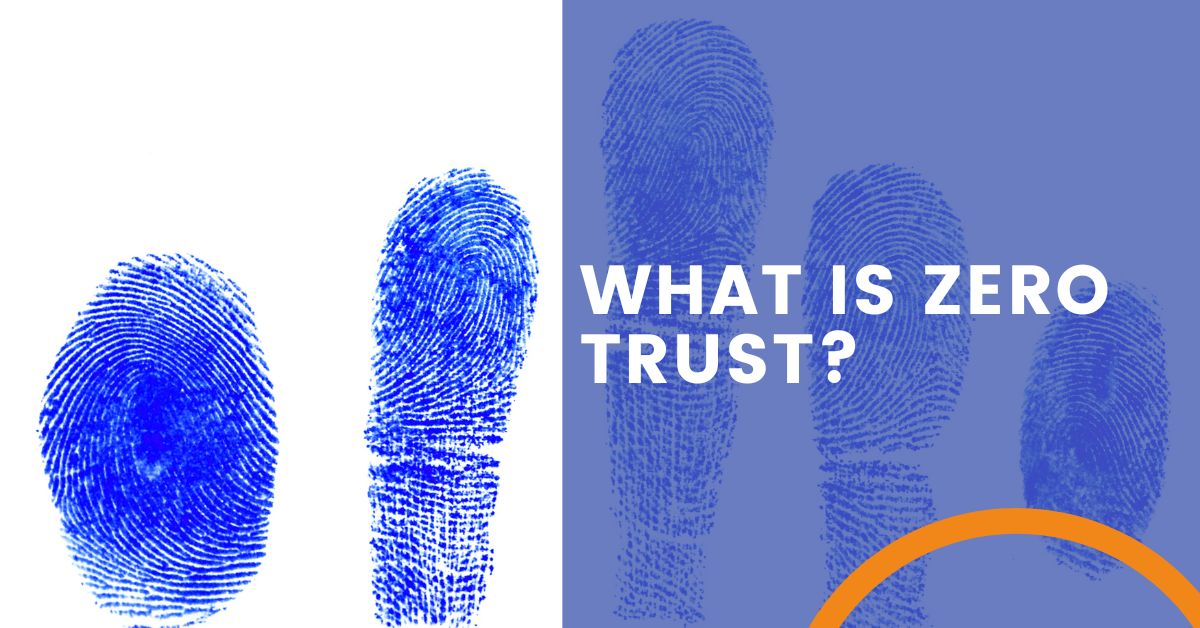
The Future of Cybersecurity: Changes in the Landscape
The ever-expanding digital footprint of modern organizations is causing business owners to rethink their security technology stack to address sophisticated new threats. To better manage cyber risk, businesses are evolving and reframing security practices in preparation for the future of cybersecurity. And just what does such a future look like for organizations globally? A cloud-native zero-trust platform, built on a proxy-based architecture that sits between the user and the internet to provide secure access with full SSL inspection at scale.
Don’t worry, this won’t be as difficult to follow as the sequel to a sci-fi film that picks up where the original movie left off over 20 years ago. You won’t need Google to fill in the gaps. To put it plainly; As the digital footprint of organizations expands, centralized cybersecurity control becomes obsolete. If you’re not looking into encrypted network traffic, you won’t have security. Like the main character from your favorite sci-fi film (whom you thought died a tragic death but is miraculously back from the grave for the sequel), cloud and mobile-first technologies must make their grand entrance for the betterment of the future of cybersecurity.
Will Encrypting My Data Protect Me in the Cloud?
Organizations with a commitment to data privacy aren’t the only ones who see value in obscuring their digital footprint in encrypted traffic. Cybercriminals have been quick to weaponize encryption as a means to hide their malicious activity in otherwise benign traffic. For example, attackers realize that more than 90 percent of the web is encrypted, and they can often sneak by many protective layers and traditional tools undetected. Almost 30 percent of SSL-encrypted malware is delivered through universally trusted applications. Also, let’s not overlook the human element and the natural inclination to make simple mistakes, like using weak passwords or being baited into clicking on phishing links.
While moving to the cloud and adopting a mobile-first policy is the wisest course of action, hybrid work and digital business processes in the cloud have introduced new risks. Cybercriminals are focusing particularly on new and emerging technologies that organizations are adopting in the post-covid era to exploit companies and attack through social engineering. Gartner reports that currently, 60 percent of knowledge workers are remote and at least 18 percent will not return to the office.
These changes in the way we work, coupled with greater use of public (and private) cloud systems, leaves organizations more vulnerable to attack. Business owners and IT leaders should look beyond traditional approaches to security monitoring, detection and response and partner with a third-party vendor or managed IT services provider to properly manage this wider set of risks.
Zero Trust and What it Means for the Future of Cybersecurity
Protecting the modern business requires a new approach to security. So how are organizations addressing these challenges? Without the aid of a lightsaber to battle cybercriminals and their nefarious deeds throughout cyberspace, many are turning to zero trust. The core concept of zero trust is simple: Assume everything is hostile by default. In a zero trust architecture, a resource’s network location isn’t the biggest factor in its security posture anymore. Your data, workflows and services are protected by software-defined microsegmentation, enabling you to keep them secure anywhere, whether in your data center or in distributed hybrid and multi-cloud environments.
All data must be protected everywhere— on-premise, in the cloud, in software as a service (SaaS) applications, as it travels on the network, etc. To provide the best possible security, enterprises should have all their different layers of defense working together, while leveraging the cloud so that when an issue in any layer is uncovered, the rest of the layers will be informed for total protection.
Don’t Traverse the Cybersecurity Landscape Alone
With a new hack or cybercrime report surfacing almost daily, it’s understandable to be concerned about your digital footprint. It doesn’t help that you may not be well-versed in what’s involved or necessary for complete protection (sans lightsaber). Reframing security practices and rethinking technology, as well as preparing to respond to new threats can be overwhelming. You need a partner to help you address new risks and elevate your technology and security posture.
ArcLight Group will help you create your path forward with IT with our support request tracking, data monitoring and management tools. We strive to protect your people, data and assets from the inside out. Together, the future of cybersecurity is in our hands. Contact us today or book an appointment to wrap your Tulsa-area business in the protection it needs.
Share the Knowledge
Managed Service Provider CHECKLIST
Land on the best IT solutions partner for your needs with this easy-to-follow, one-page download.










